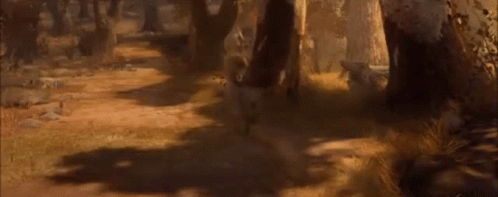Runaway Burro

The COLOR CODEX series — to which SEMIOVOX has invited our semiotician colleagues from around the world to contribute — explores the unexpected associations evoked for each of us by specific colors found in the material world.
“Cor de burro quando foge” (in English, “the color of runaway burro”) is a Portuguese expression used to describe an ambiguous, insipid, unremarkable color. Runaway Burro, that is to say, is not a color that anyone has ever seen.
Asked to describe the color of an unmemorable object, a Portuguese person may shrug and say, “It’s a ‘runaway burro’ car” — or shirt, etc. It’s something to say, about a color, when you don’t want to say anything.
As I child hearing this expression, I’d picture actual donkeys running away — and then try to understand what color we were talking about. Was it a grey donkey? A brown donkey? Was the scene a dusty one, a sandy one, a misty one? Certainly, in my mind, the scene was a barren and indeterminate one — and the overall color scheme was a dull one.
No definitive answers were to be had from the adults in my life, all of whom seemed to readily accept ambiguity. The color “runaway burro,” I finally had to accept, is an imprecise one; the expression lacks exactness and accuracy. It means blurriness and undefinition. And everyone seemed to prefer it that way.
In writing this essay, I asked several friends to describe what “Cor de burro quando foge” looks like to them. Here are their responses:
- “Grey, neither dark nor light. I always saw it as pejorative. But it can also be brown. Surely, something hard to define.”
- “I associate the color with something preposterous, unimaginable. A strange definition, since donkeys actually may run away.”
- “Literally a running-away donkey, though colorless and undefined.”
- “Ugly and intangible, bodiless. It’s both something and nothing.”
- “Grey and sensorial… I don’t know, really.”
- “Ochre, the color of peanut butter. Don’t ask me why.”
- “Something elusive, awaiting definition, unknown and uncatchable.”
- “Fast — greyish and blurred. I also picture a dusty road.”
- “Shadowy.”
- “Worn-out, shabby. Hazy.”
- “A color for those who keep themselves in the shadows, preferring to appear fuzzy and dim.”
What these descriptions, some of which are Shakespearean, suggest to me is that rather than defining a color, the expression “runaway burro” denies color definition. In fact, since we cannot agree on what “runaway burro” looks like — or describe a single “runaway burro” idea or scenario — it denies language too. It runs away, if you will, from definition.
COLOR CODEX: Martha Arango (Sweden) on FALUKORV RED | Rachel Lawes (England) on DEVIL GREEN | Audrey Bartis (France) on KYOTO MOSS | Maciej Biedziński (Poland) on SKIN-DEEP ORANGE | Natasha Delliston (England) on MARRAKECH MINT | Whitney Dunlap-Fowler (USA) on RESURRECTION CANARY BLUE | Ximena Tobi (Argentina) on VILLA MISERIA BRICK | Aiyana Gunjan (India) on LETTERBOX RED | Lucia Laurent-Neva (England) on TEAL BLUE VOYAGER | Charles Leech (Canada) on STORMTROOPER WHITE | William Liu (China) on PINING GREEN | Ramona Lyons (USA) on GOTH PURPLE | Greg Rowland (England) on LAUNDROMAT FUTURA | Sónia Marques (Portugal) on RUNAWAY BURRO | Max Matus (Mexico) on CALIFORNIAN BLUE | Chirag Mediratta (Canada / India) on AUROVILLE ORANGE | Alfredo Troncoso (Mexico) on BORGES GLAUQUE | Josh Glenn (USA) on TOLKIEN GREEN | Clio Meurer (Brazil) on PARIS LUMINOUS GREY | Serdar Paktin (Turkey / England) on AMBIENT AMBER | Maria Papanthymou (Russia / Greece) on AGALMATOLITE WHITE | Sarah Johnson (Canada) on ARMY GREEN | Vijay Parthasarathy (USA) on ALPHONSO YELLOW | Tim Spencer (England) on ELECTRO-EROTIC COBALT | Adelina Vaca (Mexico) on MEXICAN PINK.
Also see these series: COVID CODES | SEMIO OBJECTS | MAKING SENSE | COLOR CODEX

